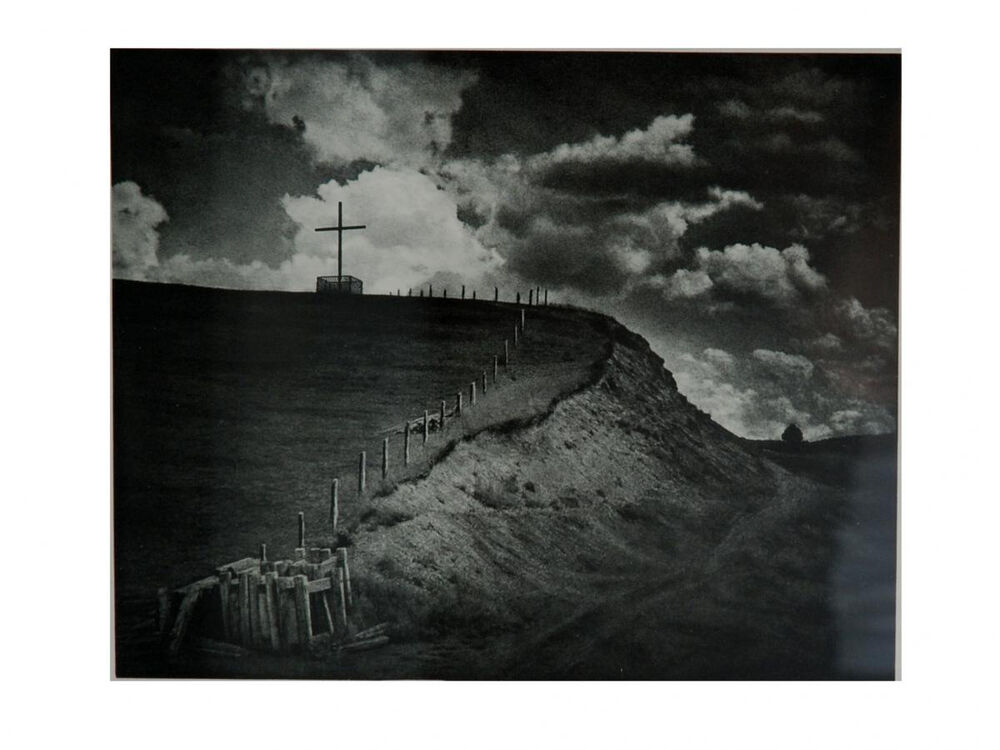
In memoriam, 1930
Adolf Fassbender
1884 - 1980
Photogravure. 21.4 x 26.3 cm.
© Adolf Fassbender
Om fotografen
Adolf Fassbender (1884-1980) was born in a small town near Cologne. Before entering the military, he initially assisted a photographer in Freiburg, Germany and subsequently worked in Dresden, Vienna and Antwerp. In 1911, he immigrated to the United States. He was first employed by the Selby Sisters and in 1921 opened his own New York studio. For the next seven years, he produced commercial, illustrative, and portrait photographs, some of which were exhibited at national conventions of the Photographers’ Association of America. He closed the business in 1928.
At about this time, Fassbender became interested in pictorialism and began making creative pictures with the camera. He exhibited in pictorial salons for twenty years, beginning in 1925, when his work was first accepted by London’s Royal Photographic Society. He presented solo shows in 1934 at the Camera Club of New York and in 1951 at the Smithsonian Institution. He joined camera clubs in New York, received honorary memberships from groups elsewhere, and was a founding member of the Photographic Society of America.
Fassbender shared his techniques and theories by writing for the photographic press. He began in the early 1930s with a short series of articles in Camera about various control methods. His article "Why Bother," about the importance of manipulating the negative, was a great success.
After closing his studio in the late 1920s, Fassbender made his living as an instructor. He taught photography at the Brooklyn Institute of Arts and Sciences from 1930 to 1935 and in the late 1940s at the Central Branch Brooklyn YMCA. He also conducted private and group classes at his Manhattan and New Jersey residences and lectured to camera clubs and professional conventions throughout the country.
Adolf Fassbender